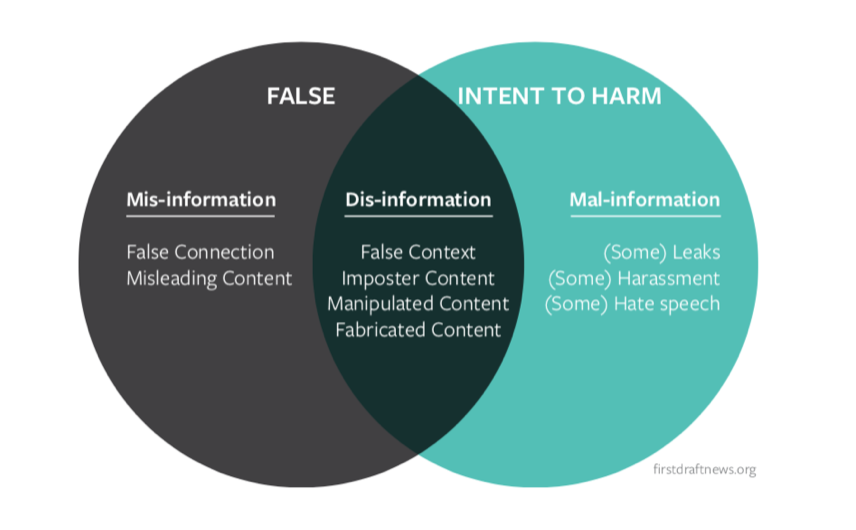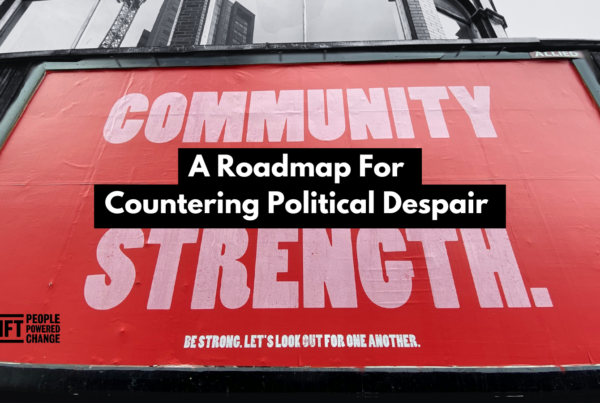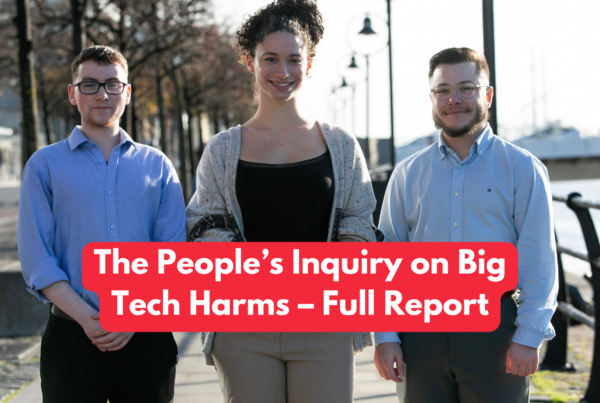
From fake cures for COVID to strange lies about the U.S election, 2020 has been a big year for the growth of misinformation on the internet.
Ironically, there’s a lot of conflicting information out there about ‘misinformation’ AKA ‘fake news’. Since 2019, Uplift has campaigned for legislation regulating misinformation, and have delivered trainings on what misinformation actually is and how we can fight against it.
The Ethical Journalism Network defines misinformation as:
“Information deliberately fabricated and published with the intention to deceive and mislead others into believing falsehoods or doubting verifiable facts.”
There are some classifications on the different types:
- Disinformation is information that is false and deliberately created to harm a person, social group, organisation or country
- Misinformation is information that is false but not created with the intention of causing harm
- Mal-information is information that is based on reality, used to inflict harm on a person, social group, organisation or country.

These can be deliberate hoaxes, accidentally spreading things you believe to be true, conspiracy theories and ‘clickbait’ headlines that don’t tell the full story. The internet is very cluttered and anyone can publish content – all you need is an internet connection. Many ‘news sources’ that have sprung up are not subject to the normal verification and fact checking you get with traditional journalism.
Content can also spread really fast right now – algorithms and social sharing make things go viral in an instant. That’s why it’s now more important than ever that we pull together to make sure we’re doing our part to stop the spread of misinformation.
If you’re passionate about curbing misinformation on the internet, check out this training we did earlier this year on how to spot misinformation!


